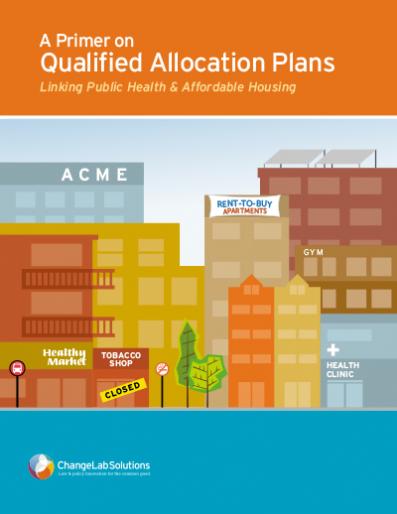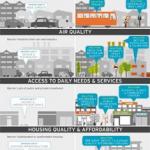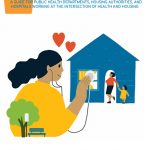A Primer on Qualified Allocation Plans
Linking public health & affordable housing
Housing can promote health by being affordable, in good condition, and located near jobs, schools, healthy food, health care services, and spaces to play and exercise.
To encourage the development of healthy housing, states can provide federal housing tax credits to developers who build quality, affordable rental housing with access to health-promoting resources. Qualifications for those tax credits vary by state. To determine which projects qualify, state governments publish documents called Qualified Allocation Plans (QAPs) that outline specific criteria and eligibility requirements, and establish a scoring system to evaluate projects and priorities.
Every year, state housing finance agencies review and revise their QAPs, and then invite public review and comment. Public health advocates and policymakers who participate in the QAP revision process can push for the inclusion of specific health-promoting criteria. These criteria help determine tax credit allocation, which can incentivize housing developers to design and create healthier housing for low-income residents.
ChangeLab Solutions developed this guide to explain the rationale for including a wide range of public health-related criteria in QAPs, describes QAP criteria that can have a positive impact on public health, and provides suggestions on how public health advocates can get involved in revising their state QAPs.





